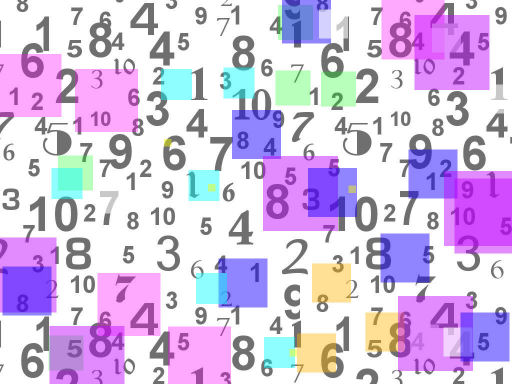Computing Science and Mathematics
A Random Walk through Mathematics and Computing Science

A series of public lectures organised by Computing Science and Mathematics, University of Stirling - (Autumn/Spring 2025/26)
Thursday evenings at 7pm, for approximately an hour.
Venue: Lecture Theatre B4
Cottrell Building, University of Stirling
All welcome. No need to book.
The following lectures are scheduled for the 2025/26 academic year.
16th October 2025, The Smith Art Gallery and Museum
Note the change in venus for this lecture as this lecture is in partnership with the Stirling Science Festival
Prof Rachel Norman
Using maths to understand health and wellbeing
Suitable for High School pupils and upper Primary.
13th November 2025 in Lecture Theatre B4
TBC
12th February 2026 in Lecture Theatre B4
TBC
19th April 2025 in Lecture Theatre B4
TBC
Our past public lectures can be found through the following links.
2023-2024 lectures
2019-2020 lectures
2018-2019 lectures
2017-2018 lectures
2016-2017 lectures
2015-2016 lectures
2014-2015 lectures
2013-2014 lectures
2012-2013 lectures

Computing Science and Mathematics
Faculty of Natural Sciences
University of Stirling
Stirling
FK9 4LA
Scotland
UK
